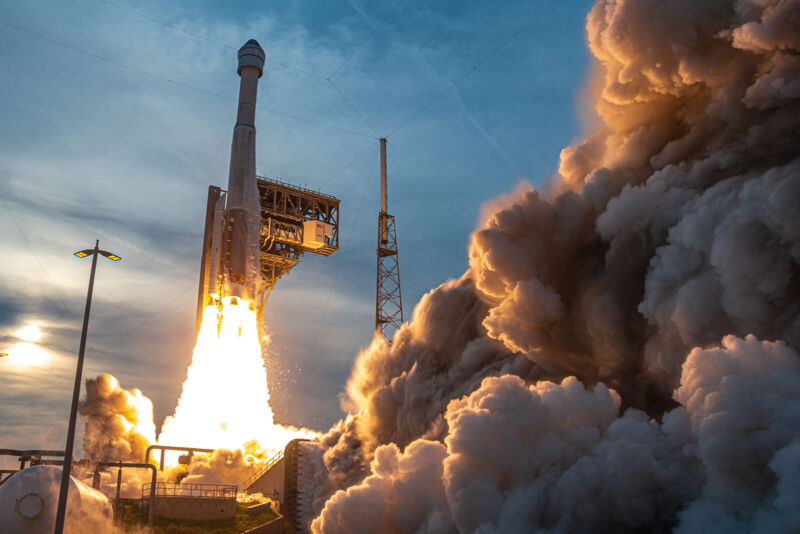
Five weeks have passed since Boeing's Starliner spacecraft returned from a largely successful test flight to the International Space Station, and the company continues to review data from the mission alongside engineers from NASA.
So far, there have been no showstoppers. In fact, sources say, the relatively clean performance of Starliner has increased the possibility that the vehicle could make its first crewed flight this year in December.
This mission, called the Crew Flight Test, will likely carry two astronauts to the space station. If successful, it would clear the way for long-duration, operational missions to the space station in 2023 and give NASA a much-coveted second means of getting astronauts into space.
Two weeks ago, NASA publicly announced that veteran astronauts Butch Wilmore and Suni Williams would serve as the prime crew for this test flight. NASA also said a short-duration mission with two astronaut test pilots is sufficient to meet all of the test objectives for the flight test. However, the agency added, this mission could be extended or shortened based on the staffing needs of the station. For example, NASA said it might even add an astronaut and extend the mission if the need arose.
Based on NASA's internal schedules, however, it appears the agency may opt for a shorter six-day trip. On a revised schedule this week, the Starliner test flight showed a December 8 launch date, with a subsequent docking at the space station from December 9 to December 14.
This date is far from written in stone. It is subject to adjustment for a variety of reasons, including the ongoing review of data from Starliner's first test flight in May, as well as docking port availability on the space station. However, that such a date is now appearing on the schedule indicates a reasonable possibility that Starliner will make a second flight this year.
A NASA spokesman, Josh Finch, said the agency was not ready to formally set a launch date for Boeing's Crew Flight Test.
"Boeing is working to be hardware ready in support of the company’s crewed flight test this year," Finch said. "The Starliner team is in the process of delivering the initial uncrewed flight test data to NASA and jointly determining forward work ahead of crewed flight. Engineering and program reviews are continuing, culminating in a launch schedule assessment toward the end of July based on spacecraft readiness, space station scheduling needs, and Eastern Range availability."
Following this assessment, Finch said, NASA plans to provide a status update, which will likely include a launch target.
One of the major factors is docking port availability. There are two ports on the space station fitted with an "international docking adapter," and they must be shared by SpaceX's Crew Dragon, Cargo Dragon 2, and Starliner. This summer and fall, NASA presently has three SpaceX missions flights that will use those ports: the CRS-25 and -26 cargo missions and the Crew-5 launch. At present, however, there is a docking port available from December 1 to January 14. After this, SpaceX's CRS-27 cargo mission would need the spare port.
Assuming no more major slippage in the launch of the SpaceX vehicles, and assuming that Starliner gets a clean bill of health from its data review, this window is probably when Boeing and NASA will go for Starliner's next flight.
reader comments
103